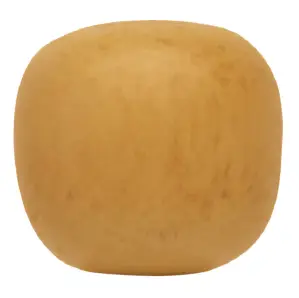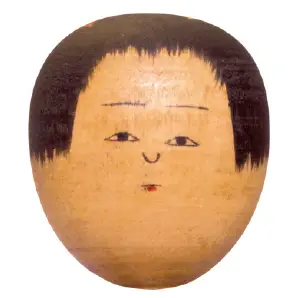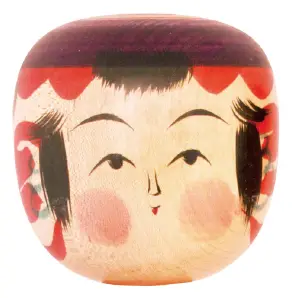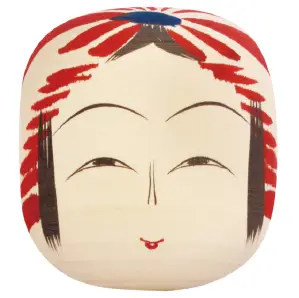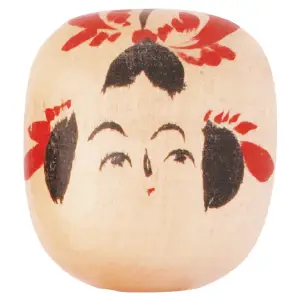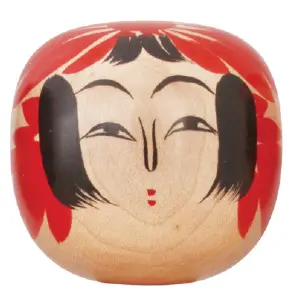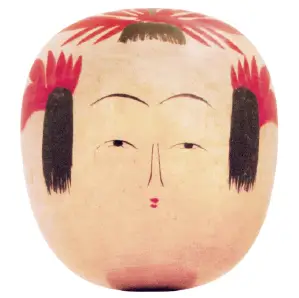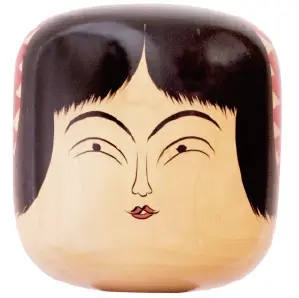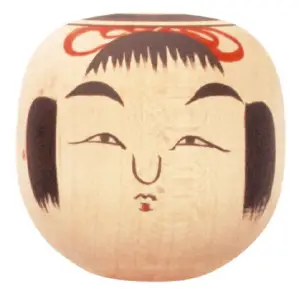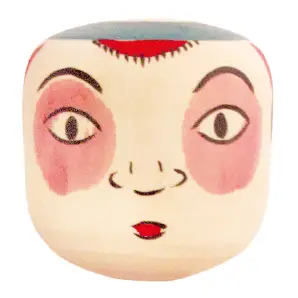WHAT’S "KOKESHI"
Kokeshi are traditional wooden dolls originating from the northeastern regions of Japan. Kokeshi artisans initially made their livelihood from crafting wooden items such as bowls and trays. There are various theories about the origin of Kokeshi,
but they began to be made by artisans in the Tohoku region in the late Edo period.
This period coincided with the time when the custom of visiting hot springs for health treatments became popular among rural farmers during their leisure time.
Consequently, they started selling Kokeshi as souvenirs for hot spring visitors.
These wooden dolls were affordable keepsakes for children at the time.
As Japan moved from the Meiji to the Taisho era, Kokeshi faced competition from imported plastic dolls and began to fade as an outdated form of play.
However, during the Showa period, enthusiasts who appreciated their aesthetic value rediscovered Kokeshi, leading to the first Kokeshi craze around 1935.
Following the Discover Japan boom in the 1970s, which included the second Kokeshi resurgence, we are currently experiencing the third Kokeshi boom.
Nowadays, Kokeshi are trendy as a form of traditional Japanese art and are particularly popular among young women.
Kokeshi are categorized into 12 types based on their production area and distinctive features.
PRODUCTION AREAS
6 PREFECTURES in THE TOHOKU REGION
Each prefecture has several good hot springs and the studios of local Kokeshi craftsmen exist there.
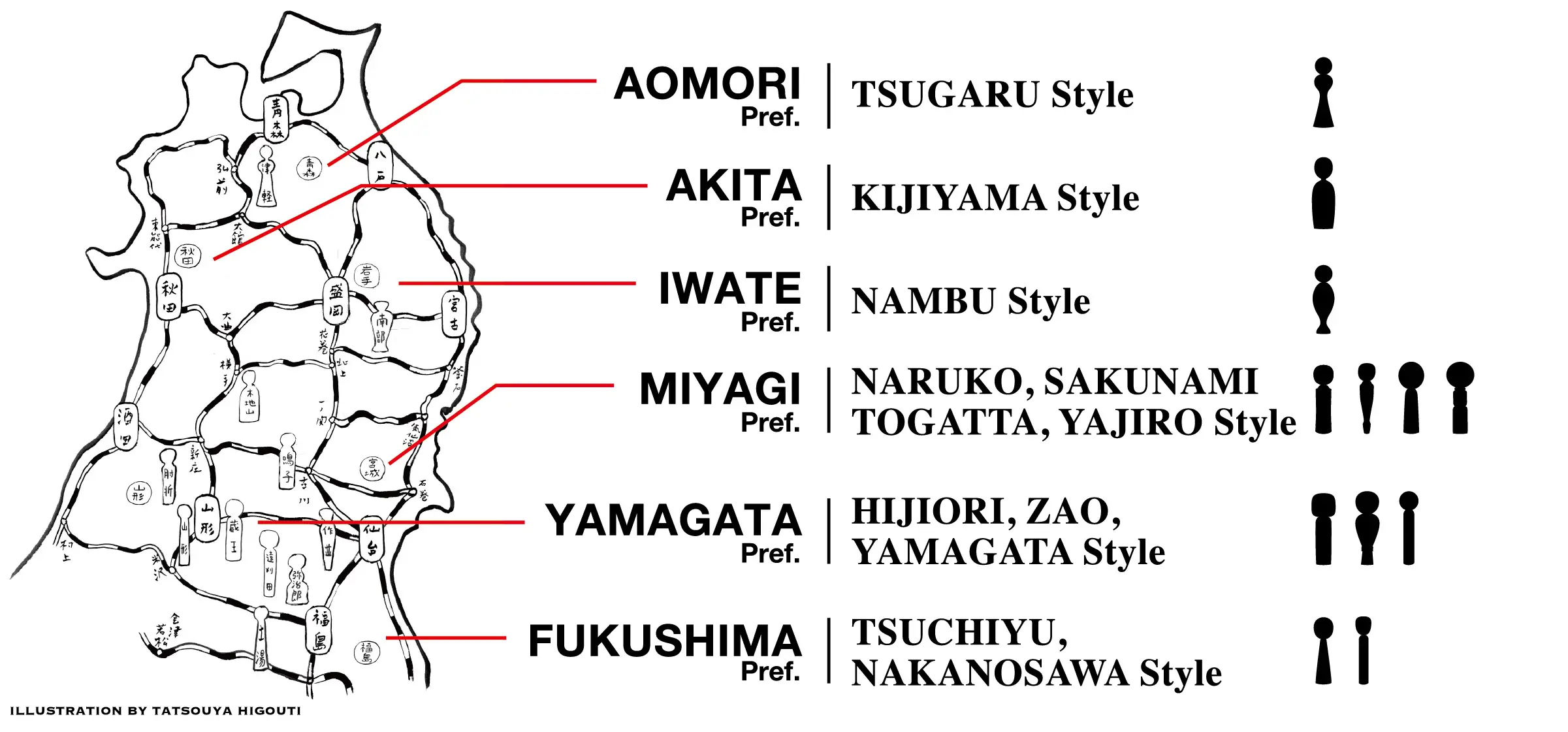
TRADITIONAL KOKESHI
Traditional Kokeshi dolls originate from the secluded hot spring villages in the Tohoku region.
Kokeshi embody the very essence of the Michinoku area’s climate and culture.
Across the six prefectures of Tohoku, there are twelve distinct production styles, each reflecting the unique features of the region where they were crafted,
evident in their shapes and painted designs.


